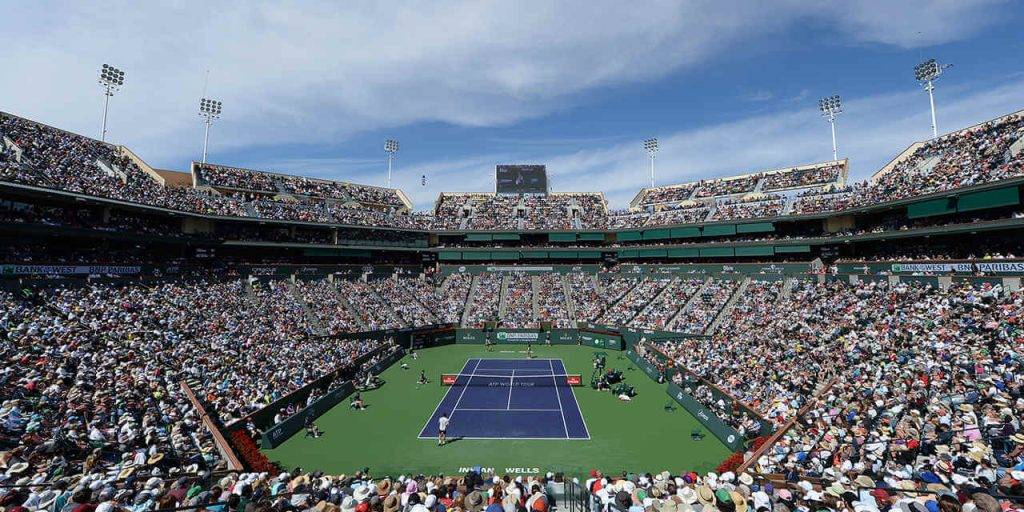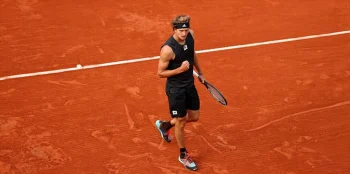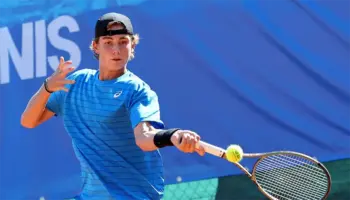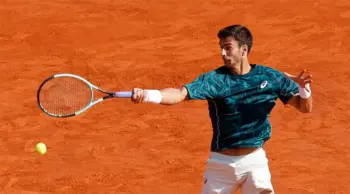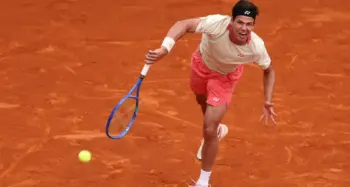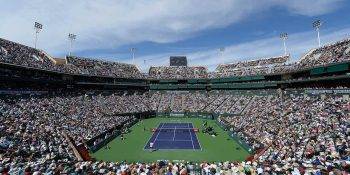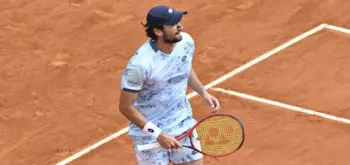Generally in sports betting, home advantage is a widely discussed factor that can sway outcomes and odds. When looking at for example football or basketball games, the impact of a supportive home crowd can be massive. But is it the same for tennis, an individual sport with a global setting and less consistent “home” venues?
Home Advantage Across Sports: A Comparison
Home advantage is a well-documented phenomenon across team sports. In football (soccer), for instance, home teams historically win around 60-69% of matches, depending on the league, with Major League Soccer showing a high of around 69%. In the NFL, home teams have won approximately 55% of games in recent seasons, translating to a point spread value of 2.0-2.5 points. In NBA we see home teams winning about 60% of games, bolstered by factors like travel fatigue and crowd noise. What’s causing this? Well, probably a mix of familiarity with the venue, reduced travel stress and maybe even crowd influence on referee decisions.
At sports betting platforms, the odds are therefore adjusted quite heavily favouring the home team, in most cases.
Tennis, however, operates differently. Unlike team sports with fixed home and away schedules, tennis players compete in tournaments worldwide, with “home” status only applying when a tournament occurs in their native country. The crowd’s role is also less direct—no referees are swayed by subjective calls as frequently as in other sports, given tennis’s reliance on objective scoring and modern technologies like Hawk-Eye.
Home Advantage in Tennis
Research into home advantage in tennis has given mixed results, but it consistently suggests a smaller effect than in team sports. A 2011 study by Ruud H. Koning in Journal of Sports Sciences analyzed ATP men’s matches from 1991-2009 and found a statistically significant home advantage, with players winning about 2-3% more matches at home than expected based on their rankings. This is far below most other team sports.
Women’s tennis (WTA) shows even less evidence of home advantage, and the above study found no clear pattern, possibly due to smaller sample sizes.
Why is tennis’s home advantage weaker? Players travel globally, so familiarity with conditions varies less than in team sports with fixed venues. Crowd influence exists of course, think of Rafael Nadal at Roland Garros or Andy Murray at Wimbledon, but it’s in most cases just about morale.
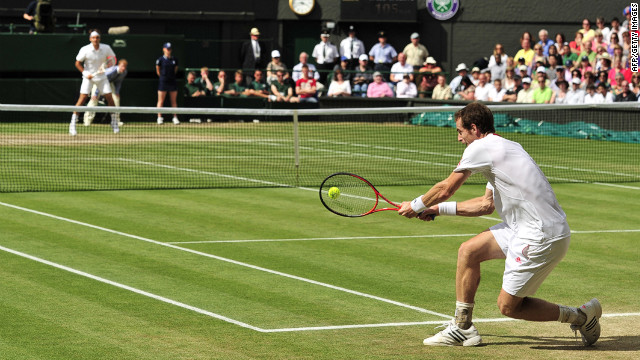
Looking at the Odds
Past betting odds usually provide a good look into how bookies perceive home advantage. In team sports, odds consistently has a home edge. For example, pre-2020 NFL odds often assigned a 3-point spread for home-field advantage, though this has dropped to 2-2.5 points recently.
At the 2023 Miami Open, American Taylor Fritz faced Emilio Nava, opening at -600. On a neutral hard court, Fritz’s odds would have probably been closer to -500, but Miami’s home crowd tightened the line. Fritz won 6-4, 6-1, skill dominated though, not the audience.
Another ATP study found home players implied win probabilities rose just 1-2% over neutral expectations. Odds occasionally overvalue the home edge and bettors can at time take advantage of this market hype.
Recent Trends, COVID-19…
The COVID-19 pandemic offered a natural experiment which is interesting. With no crowds in 2020-2021, tournaments like the US Open, home advantage should’ve vanished if crowds were key. A 2021 study in PMC on North American sports found home win rates dropped in basketball and hockey without fans, but tennis data is less conclusive. ATP tour matches during this period showed no drastic difference, top seeds like Djokovic still dominated, suggesting skills, form and surface is by far the main factors.
So, is home advantage a big factor in tennis compared to other sports? Not really. While it exists, it’s likely only boosting win rates by 2-3% at most. Historical odds reflect this: bookmakers adjust for home status, but the shift is much smaller and instead more tied to surface familiarity or other factors.
For bettors, the takeaway is clear: don’t overweigh home advantage in tennis. Focus on form, head-to-heads and surface stats.
